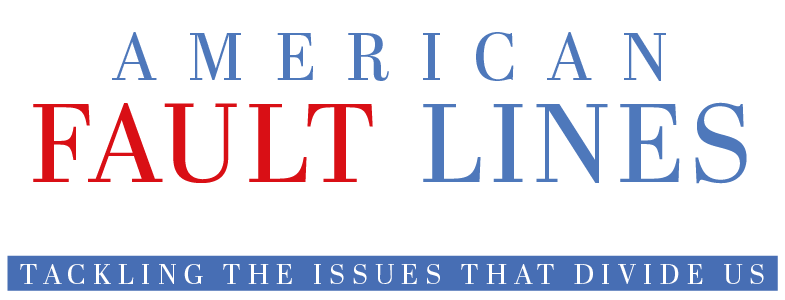Internet.com (Nov. 22, 2000)
The music blared from the desktop computer; a pounding, head-banger beat that reverberated through the sedate corporate office. Annoyed co-workers quickly demanded that the offender turn down his CD.
But this was no CD and it was certainly not being played by choice. The source of this relentless assault on the ears was an audio banner ad that had, quite literally, come out of nowhere when the visitor logged onto a content site. And it wouldn't shut up.
Even as the offended offender struggled to turn down the volume setting on his control panel, the banner -- with its pounding music and hyperactive voiceover -- streamed in an endless loop.
Welcome to the latest method for breaking through the advertising noise -- or, in this case, creating it.
"If it's coming at you like that, there's no doubt it's going to break through and have an impact on the visitor. The question is whether the response it generates is the one you want," says Nigel Hollis, executive vice president of Web researcher Millward Brown Interactive.
The banner in question was produced using host-initiated instant streaming technology. Translation: The second the visitor's browser loads the page, the audio begins to stream. Therein, many in the industry believe, lies the problem.
"If you start pushing sound at people, it's an instant way to turn them off," argues Brad Epstein, executive creative director at i-traffic, the online marketing services arm of Agency.com. "Most A-level sites won't let you do that because they're afraid people are going to immediately go someplace else."
Never Lose Control
That fear of offending visitors is one reason many sites require an opt-in component to audio ads, allowing visitors to make the decision whether to listen -- and when to turn them off.
"It's no great value to force audio upon a user if they don't want it," says Jon Louis, CEO of MessageBay, which offers java technology for streaming audio banners. "I've been on sites where I close the browser and the audio still keeps playing."
There is no dispute that audio-enhanced banners increase the level of attention. The issue is what -- if any -- level of control should be left in the hands of the audience. Epstein believes in caution.
"The whole thing about the Internet is control in the hands of the user -- permission marketing," he says. "I give you permission to talk to me but if you start abusing that, hey, I'm outta here."
In the BA campaign introducing a new flatbed seat in business class, Epstein used a 468x60 banner with the message: "Rip Van Winkle." And in smaller letters, the words, "Click to hear it without leaving this page." The ad, produced with technology provided by Audiobase, achieved a 2.2% clickthrough rate, that's 13 times higher than the best-performing traditional horizontal banner in the campaign. He believes that giving visitors the option of when to turn on and when to turn off the ad were critical to success.
"The opt-in may be lower key, but it's more likely to be accepted positively," agrees Hollis of Millward Brown. "If you're just driving traffic and don't give a damn about your brand, that's one thing. But if you're trying to build your brand you want to attract people, not anger them."
Louis says that an added advantage of audio ads is that they can add to, not just mimic, what is one the screen.
"You can have today's specials, promotions involving a discount with a password to qualify -- but they shouldn't be too long, seven to 10 seconds tops," he explains, adding that it is a good idea for them to automatically link to the advertiser's website.
"We figure that this won't be obtrusive since, if they're listening to the whole ad, they probably won't mind if another ad opens up."
If You Sing It, Will They Come?
Which raises another issue. Given the overall dismal track record of clickthroughs, will visitors click to hear audio?
"The simple fact of adding audio to banners has been shown to increase clickthroughs by up to 7 percent," says Louis. "For banner ads, it's absolutely required that the user be in control of starting and stopping, but for other types of campaigns the requirement shouldn't be so stringent."
Email is one such technology. Just as HTML emails are becoming commonplace, ad-makers believe, embedded audio ads are likely to also find acceptance. Still, there are groundrules.
"If my email starts shouting at me before I click on something," says Epstein, who has produced audio email ads, "they better say something very good and relevant in the first four seconds or they're out of there."
But even on the Web, Louis believes, the barriers around user-control are slowly crumbling: "People are coming to reluctantly accept the fact that they have to sit through an audio-video presentation."
In other words, when it comes to Web advertising, one day soon there truly will be no escape.


